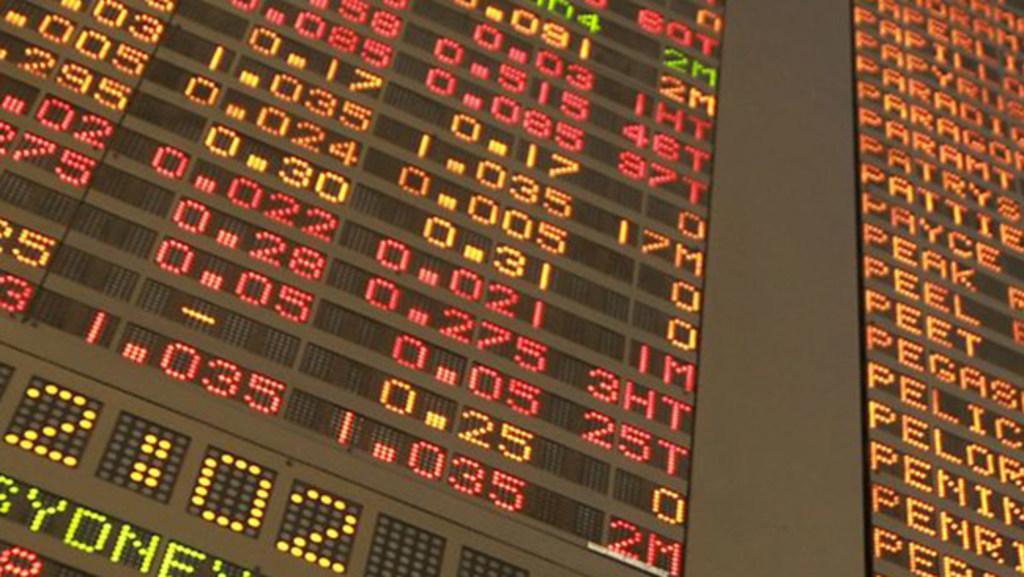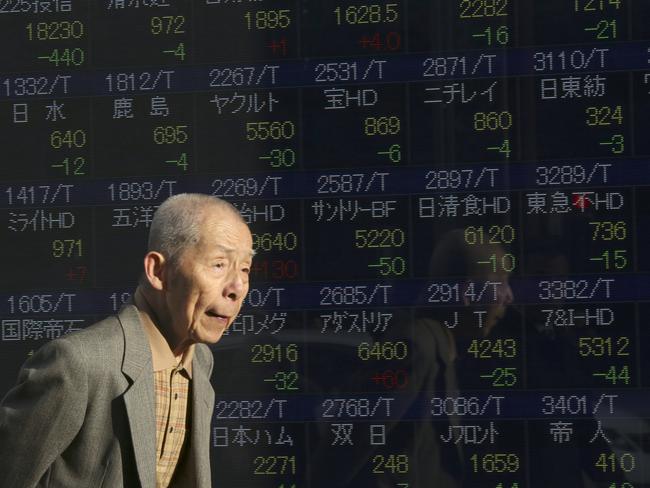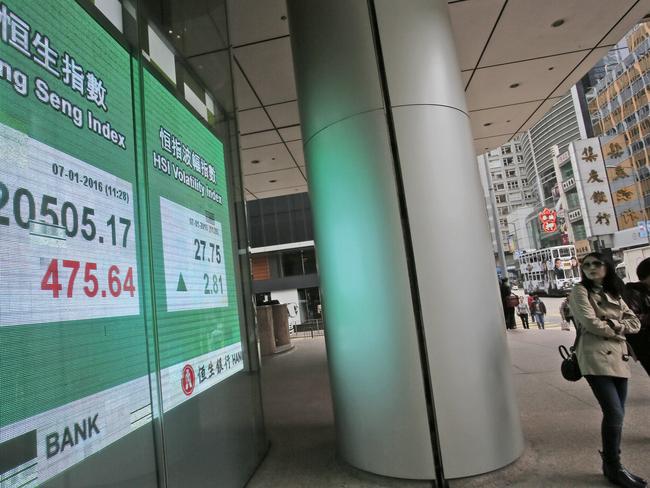Chinese market crash makes for a nervous watch for Aussie investors
IT took just 15 minutes for the Australian dollar to rise after earlier falling to a three month low as local markets respond to China’s trading halt.

THE Australian dollar fell to a three month low but already the local market has already managed to claw back some of it early losses, after China suspended trading.
Traders took the opportunity to buy the Aussie dollar at a cheap value and at 12.00pm AEDT on Friday, the currency was trading at 70.33 US cents, up from 70.26 cents on Thursday.
Early on Friday morning it fell as low as 69.81 US cents, its weakest level since September 30.
Global stock markets fell for a fifth consecutive day on Thursday on the back of worries about the Chinese economy after the release of weak manufacturing and services sector data this week.
Wall Street suffered a heavy fall and oil prices slid to a 12-year low.
Investors are anxiously watching China’s market which has already seen major stock indexes rise more than two per cent in early trade on Friday after Beijing deactivated a circuit breaker mechanism blamed for aggravating market crashes this week.
The CSI300 index rose 2.4 per cent to 3,371.87 points by 12.27pm (AEDT) while the Shanghai Composite Index gained 2.2 per cent to 3,194.63 points.
Chinese markets have been rattled by a confluence of negative events, including weak economic data, concerns about pending share sales by major stakeholders and the central bank’s recent sharp depreciation of the yuan currency.

The circuit breaker, designed to put a floor under volatile shifts in sentiment and protect investors, was blamed by some market watchers for inadvertently aggravating anxiety and accelerating the sell-off.
The CSI300 has slumped around 12 per cent so far in 2016, giving up all the gains earned in 2015 and roiling global financial markets.
The Hang Seng index in Hong Kong was up 0.8 per cent at 20,491.88 points.
Chinese market plunges
The latest trigger was currency jitters, but Thursday’s plunge in Chinese stocks was just one in a series of aftershocks from last year’s boom and bust that could shake markets for months to come.
Investor anxiety over economic weakness and a possible glut of unwanted shares flooding the market have complicated Beijing’s efforts to withdraw emergency controls imposed after Chinese stock prices collapsed in June.
On Thursday, trading halted for the day after a stock index fell 7 per cent a half-hour into the trading day. It was this week’s second daylong suspension after a plunge in prices on Monday tripped the same “circuit breakers” that were introduced on January 1.

The benchmark Shanghai Composite Index more than doubled between late 2014 and June, then dived 30 per cent. Supported by a multibillion-dollar government intervention, the market rose almost 25 per cent in the final months of 2015, only to collapse in the new year. That left the main index down 15 per cent from its December peak.
Wild price swings could continue through the first half of this year, according to financial analysts. Even after the latest declines, the Shanghai index is up 36 per cent from October 2014.
The turmoil in China triggered a sell-off in Asian and Western stocks. Beijing keeps its markets sealed off from global capital flows, but due to the vast size of China’s economy, foreign investors watch them closely and react to volatility.
“The market still is trying to find a bottom, and that takes time,” said Chen Yong, a strategist at Lianxun Securities. “The key is to be able to resume normal daily trading, and during that time volatility is inevitable.”
The upheaval disrupted the ruling Communist Party’s plans to use the stock markets as a tool to make China’s state-dominated economy more competitive and productive.



